Why Choose Faux Leather Bags? A Perfect Blend of Sustainability and Style
- December 4, 2024
Understanding faux leather bags is critical to making good buying decisions. Not knowing the benefits could lead you to make the wrong decision about materials, and that could affect the cost, the fitness of the item, and your customer’s satisfaction. In this post, we’re going to talk about what they are, what they’re made from, the benefits of using them, the quality of a faux leather bag, and the difference between a faux leather bag and a real leather bag.
Faux leather bags are a good option to replace traditional leather products. They are made of real products like pu leather, and pvc leather and reduce the usage of animals, plus are available in trendy designs.
In this article, we’ll go over faux leather bags in more detail: what they are, what they’re made from, what the benefits are, how to identify high-quality products, and how they differ from real leather bags.
Table of Contents
What Are the Environmental Benefits of Faux Leather Bags?
Not understanding the environmental benefits of faux leather bags can lead to choices that are detrimental to both the planet and your brand’s reputation. This oversight may result in increased carbon footprints and continued reliance on animal products. We aim to highlight how faux leather bags contribute positively to environmental sustainability.
Faux leather bags minimize animal use, reduce greenhouse gas emissions, and often utilize recyclable or biodegradable materials, making them an eco-friendly alternative to traditional leather. By opting for faux leather, consumers and businesses alike can support sustainable practices and reduce their environmental impact.
How Are Faux Leather Bags Transforming Fashion?
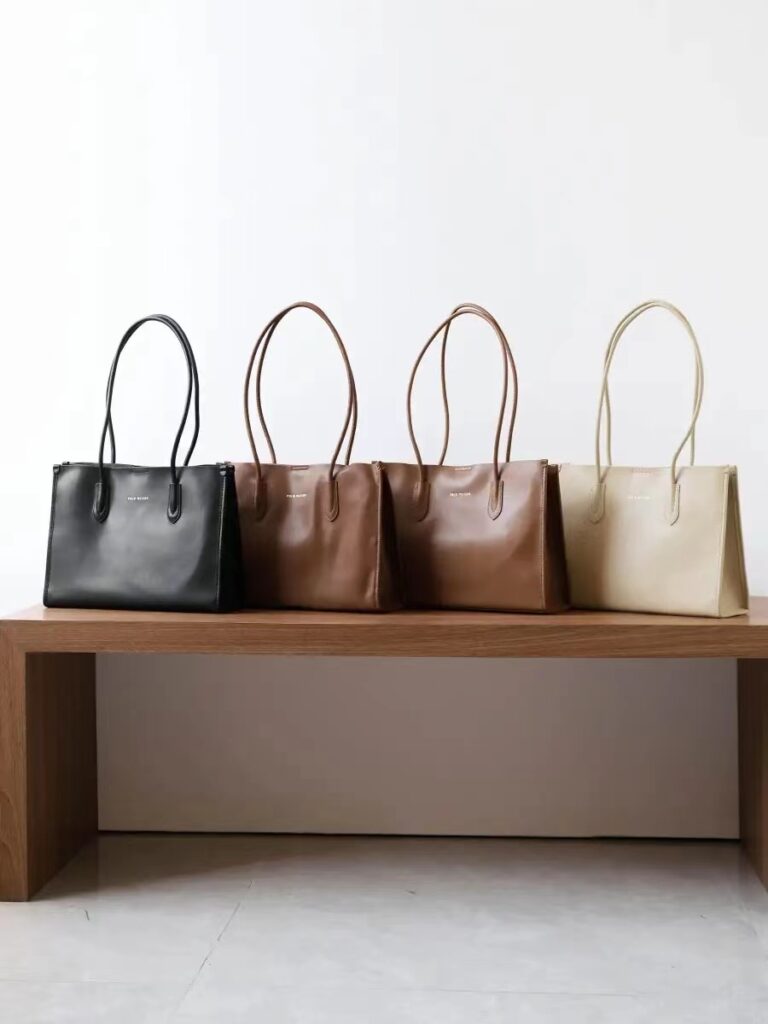
Being scared about eco-stuff looking bad is stopping people from using cool, eco-stuff. This false belief is causing people to not make fashionable and eco-friendly choices. That’s a shame because you have a chance to sell cool, and stylish products! We are going to talk about how cool and stylish fake leather bags are!
Faux leather bags combine contemporary designs with eco-conscious materials, offering vibrant colors, unique textures, and customizable options that cater to diverse fashion preferences. This blend ensures that sustainability does not come at the expense of style, allowing fashion-forward individuals to make ethical choices without compromising on aesthetics.
What Are the Innovative Materials Behind Faux Leather Bags?
Overlooking the advancements in faux leather materials can cause consumers to underestimate their value and potential. This lack of awareness may result in missed opportunities for utilizing cutting-edge, sustainable materials. We will delve into the primary materials driving the faux leather industry forward: PU (polyurethane) leather and PVC (polyvinyl chloride) leather.
Faux leather bags are primarily made from PU (polyurethane) leather and PVC (polyvinyl chloride) leather, both of which are synthetic alternatives to traditional animal hides. These materials offer durability and versatility while being more affordable and animal-friendly.
PU Leather (Polyurethane Leather):
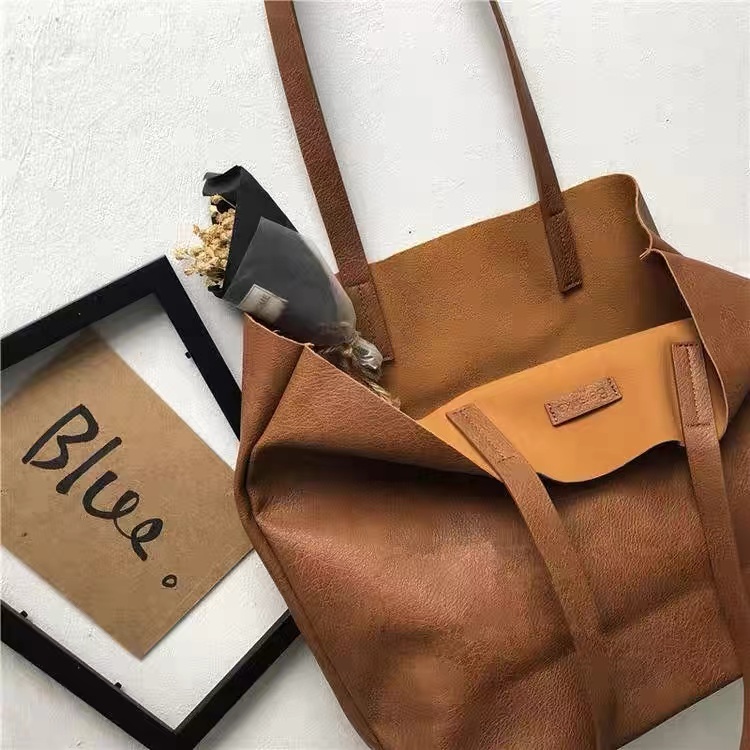
Composition: PU leather is created by coating a base material, typically polyester, with a layer of polyurethane. This process results in a soft, flexible material that closely mimics the look and feel of genuine leather.
- Advantages: PU leather is known for its excellent breathability, making it more comfortable for everyday use. It is also more environmentally friendly compared to PVC leather, as it produces fewer harmful by-products during manufacturing. Additionally, PU leather is highly customizable, allowing for a wide range of colors and textures to suit various design preferences.
- Applications: Due to its softness and flexibility, PU leather is ideal for creating stylish and comfortable handbags, wallets, and other fashion accessories.
PVC Leather (Polyvinyl Chloride Leather):
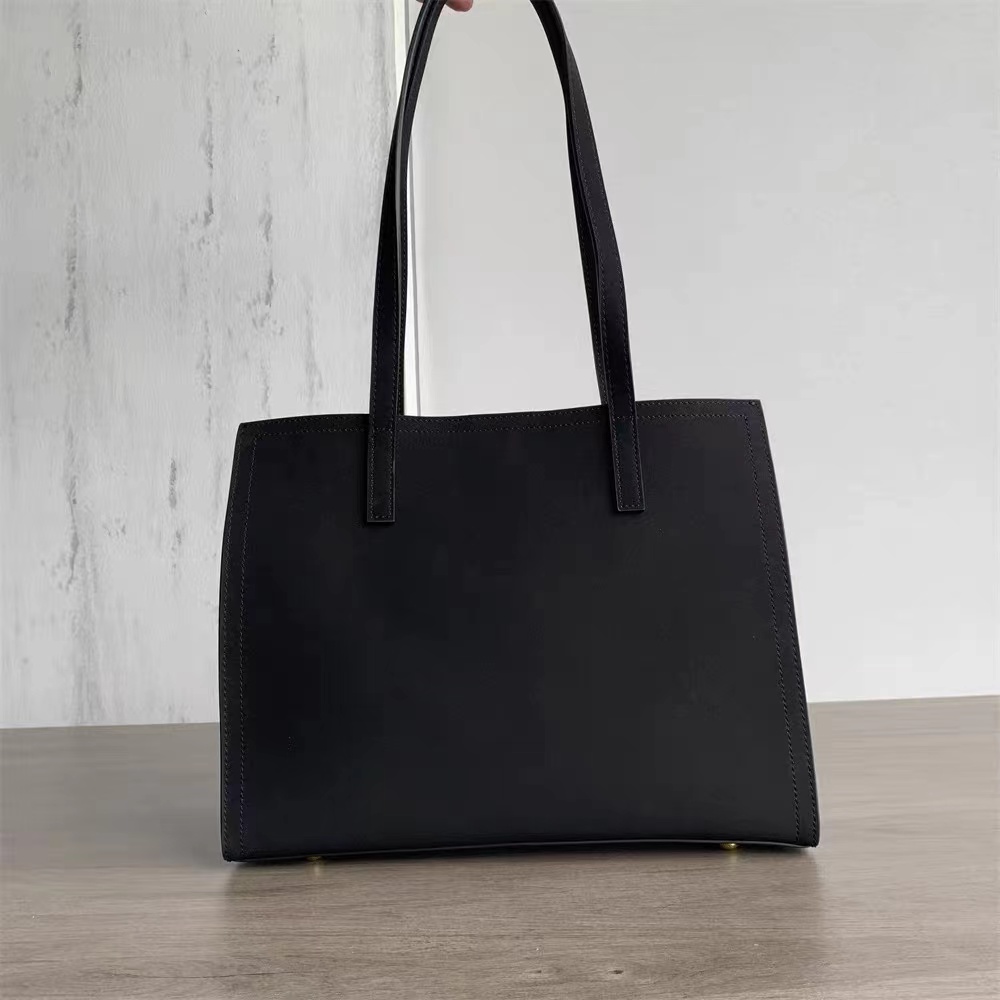
- Composition: PVC leather is made by applying a layer of polyvinyl chloride to a fabric backing, creating a rigid and durable material. This makes PVC leather less flexible than PU leather but highly resistant to wear and tear.
- Advantages: PVC leather is exceptionally durable and water-resistant, making it suitable for products that require robust protection and longevity. It is also more affordable than both genuine leather and PU leather, providing a cost-effective solution for manufacturers and consumers alike. Moreover, PVC leather maintains its appearance over time, resisting cracks and peeling when properly maintained.
- Applications: PVC leather is commonly used in the production of sturdy handbags, briefcases, and travel accessories that benefit from its durability and resistance to moisture and stains.
Both PU leather and PVC leather play significant roles in the faux leather industry, each offering unique benefits that cater to different consumer needs and preferences. While PU leather provides a softer and more breathable option, PVC leather offers unparalleled durability and water resistance. By focusing on these two materials, manufacturers can create a diverse range of faux leather bags that meet various aesthetic and functional requirements.
These materials not only reduce environmental impact by minimizing the use of animal products but also provide designers with a versatile palette to create unique and fashionable bags. As the demand for sustainable and ethical fashion grows, PU and PVC leather continue to innovate, ensuring that faux leather remains a competitive and appealing choice in the fashion industry.
Is Faux Leather Considered Cheap?
People thinking that faux leather is a “cheap” alternative land you in a situation where they assume it’s not the quality that it really is. They think it’s so low-cost that it’s not something they want to use. They’ll miss the opportunity to use the new hotness in cool materials for their great, good looking products. So let’s talk about how great these hot, new, faux leather things are!
Faux leather is no longer considered cheap. Advanced materials and craftsmanship have elevated its status, with many high-quality faux leather bags rivaling traditional leather in durability and style. The affordability of faux leather allows brands to offer premium products at competitive prices, making luxury accessible without compromising on quality.
Do Luxury Brands Use Faux Leather?

Suspicion about whether luxury folks are doing faux leather or not helps or hurts you. It hurts you because people might think it’s not good enough, that they can’t use it because they think it’s not the kind of quality it really is. It’s so cheap it’s not something they want to touch. They will miss an opportunity to be involved in the new hotness in cool materials for whatever they’re doing that’s great and looks good. So let’s find out how great this new hotness is with this faux leather stuff.
Luxury brands increasingly use faux leather to align with sustainability goals, offering eco-friendly options that maintain their signature style and exclusivity. By incorporating faux leather, these brands demonstrate a commitment to ethical practices without sacrificing the luxurious feel and aesthetic that their customers expect.
Can You Get Faux Leather Wet?
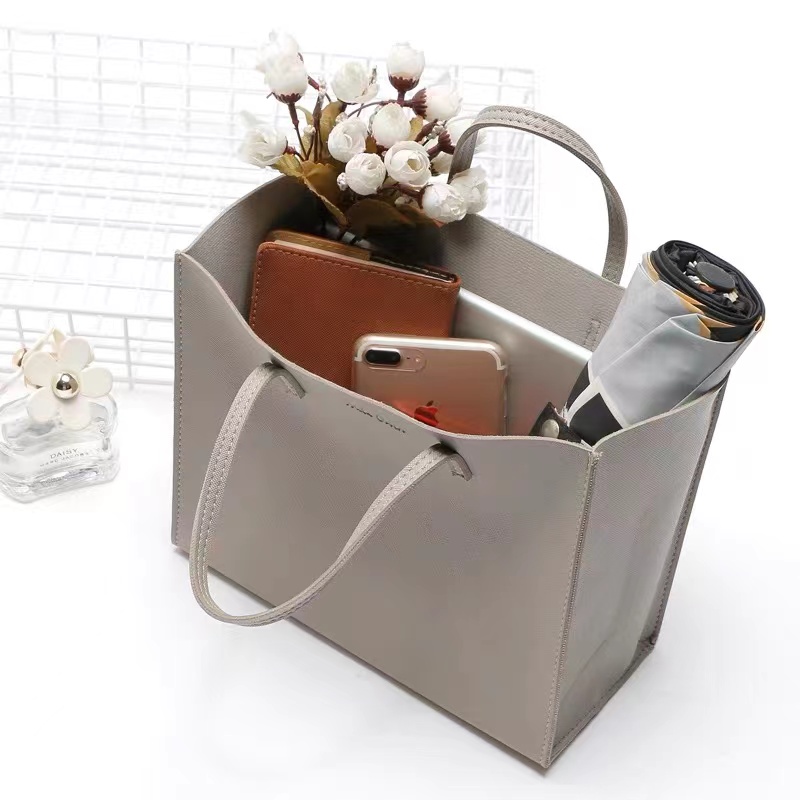
Concerns about the water resistance of faux leather can affect its practicality and appeal for everyday use. Misconceptions about its ability to withstand moisture may limit its adoption. We will clarify the water-resistant properties of faux leather bags.
Faux leather is generally water-resistant, making it a practical choice for daily use. However, prolonged exposure to water should be avoided to maintain its texture and longevity. Proper care, such as wiping with a damp cloth and using specialized cleaners, can help preserve the water-resistant qualities of faux leather bags.
Are Faux Leather Bags Durable?
Questioning the durability of faux leather bags can influence purchasing decisions and brand reputation. Concerns about wear and tear may deter consumers from choosing faux leather. We will examine the durability aspects of faux leather bags.
Modern faux leather bags are designed to be water-resistant, scratch-resistant, and long-lasting, making them a practical choice for everyday use. The robust construction of faux leather ensures that bags maintain their appearance and functionality over time, even with frequent use.
How Can Faux Leather Bags Support Sustainability Goals?
If you don’t know how they contribute to sustainability, you might make choices that are contradictory to your morals and ethics. That ignorance will keep people from supporting sustainable fashion. We’ll look at how faux leather bags fit into your goal of running a sustainable business.
By reducing reliance on animal products and utilizing innovative, renewable materials, faux leather bags align with global sustainability goals, supporting ethical and eco-friendly consumption. Choosing faux leather contributes to lower carbon footprints and promotes the use of sustainable resources in the fashion industry.
Conclusion
Faux leather bags seamlessly blend sustainability with style, offering eco-conscious consumers a practical and fashionable alternative. With their innovative materials, durability, and wide appeal, they represent the future of ethical fashion.
Request A Quote for Your Leather Projects!
Share the post now:
You may also find these topics interesting

Top Applications of PVC Leather in Outdoor Furniture: Why Is It the Perfect Choice?
Top Applications of PVC Leather in Outdoor Furniture: Why Is It the Perfect Choice? Choosing the wrong outdoor material means
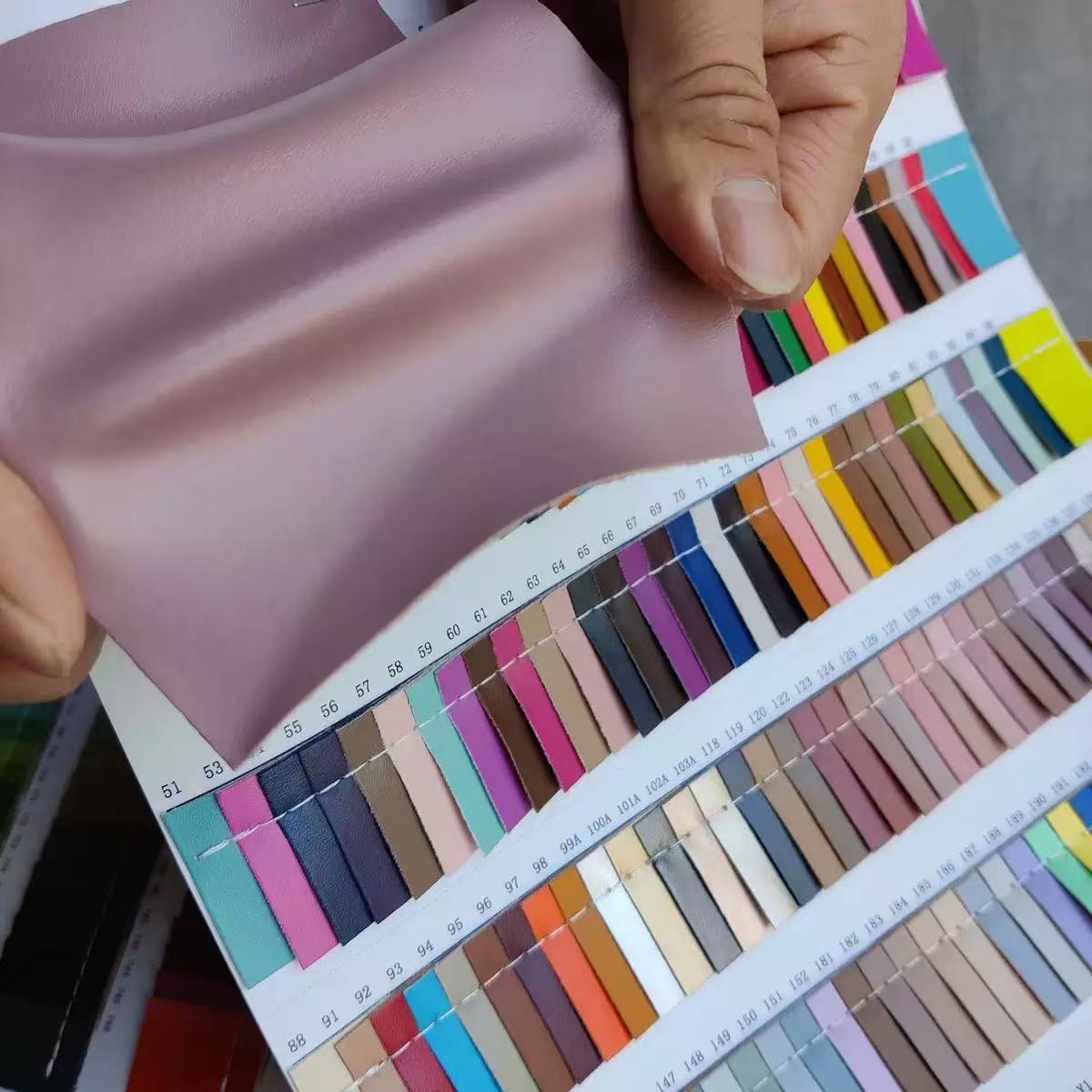
How to Test the Quality of Artificial Leather Like a Pro?
Learn how to test artificial leather quality like a pro. From abrasion resistance to peel strength, discover the key methods that ensure durability, flexibility, and long-lasting performance.
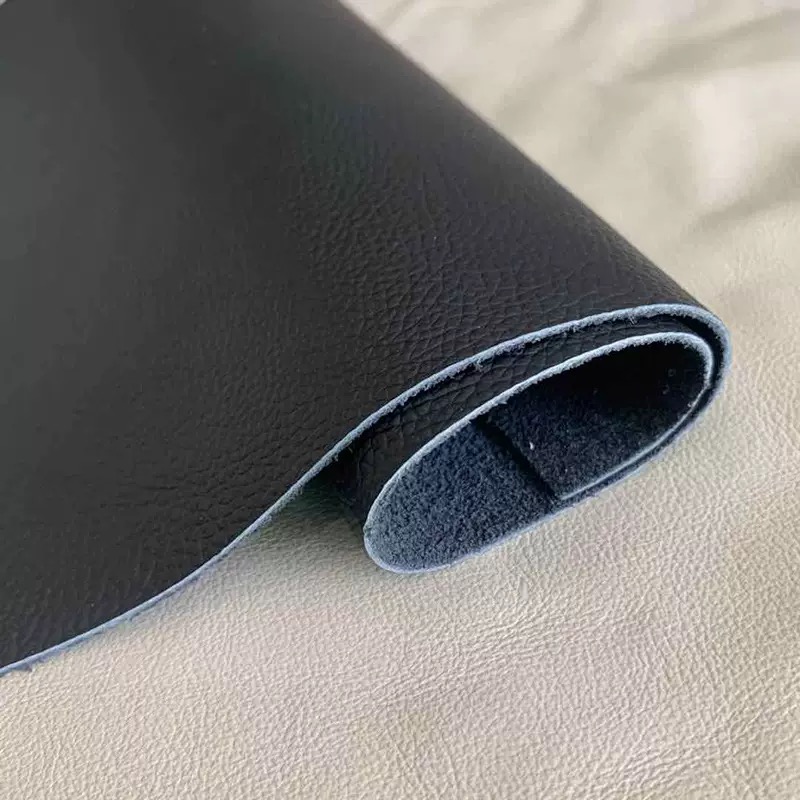
What Role Does Surface Texture Play in Artificial Leather Design?
Surface texture transforms artificial leather by enhancing aesthetics, feel, and function—key to making products stylish, realistic, and uniquely your own.
